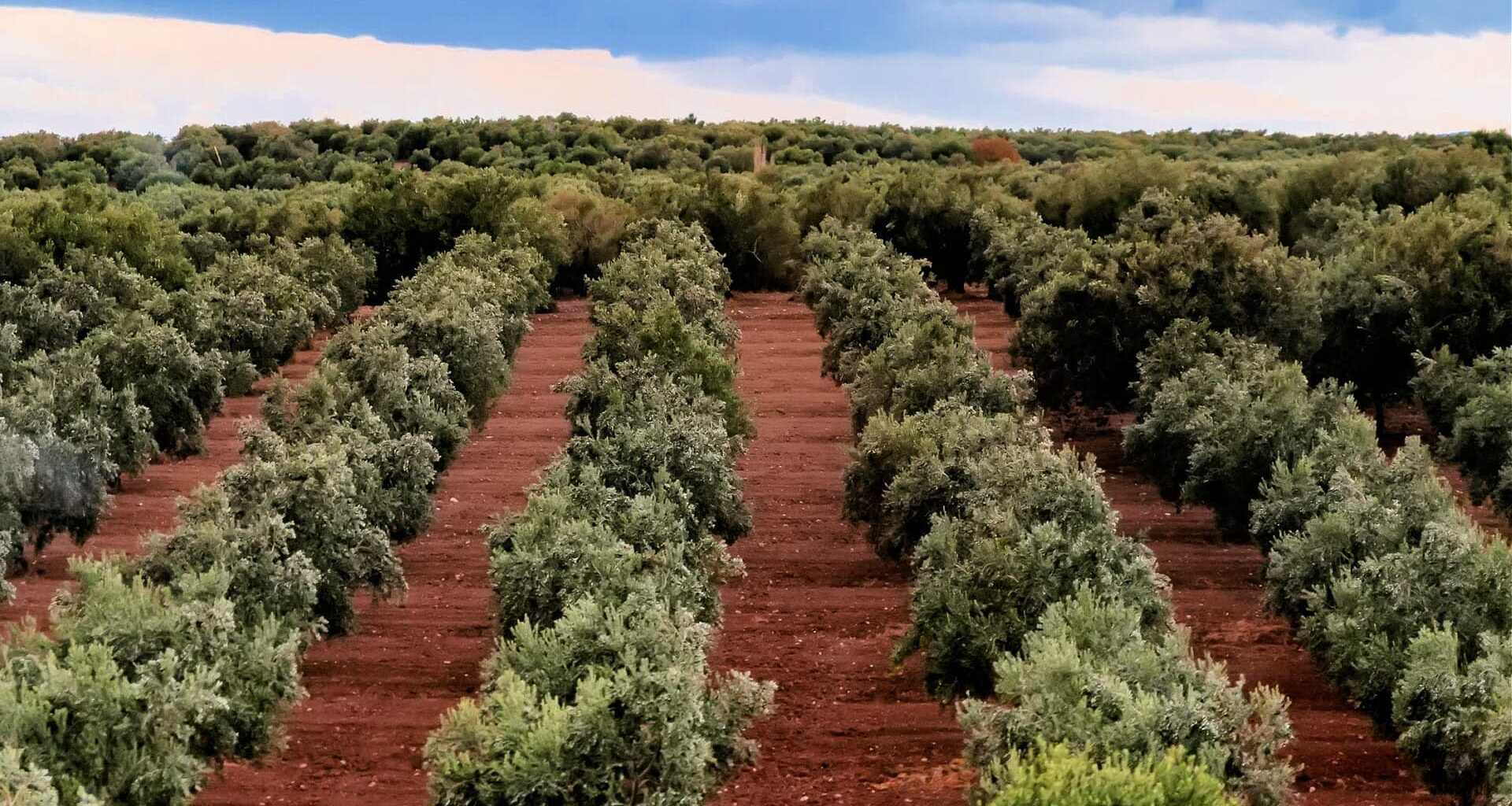Summary
Spain’s Council of Ministers has approved a Royal Decree to modernize regulations and improve transparency in the olive oil industry, with changes to reporting obligations and data collection practices. The decree also includes reforms to the Olive Oil Market Information System, requiring mills to submit production declarations by category and introducing simplified procedures for organic producers and by-product valorization.
Spain’s Council of Ministers officially approved a Royal Decree in July aimed at modernizing regulation and improving transparency within the country’s olive oil and table olive industries.
Proposed by the Ministry of Agriculture, Fisheries and Food (MAPA), the decree introduces significant changes to reporting obligations, data collection practices and compliance structures affecting producers, processors and operators throughout the supply chain.
Central to the decree is the reform of the Olive Oil Market Information System (SIMO), jointly administered by the ministry and Spain’s autonomous communities.
See Also:Europe Endorses Olive Oil Standard Changes Despite Industry Divide
The revised SIMO framework requires olive mills to submit annual declarations on production volumes, now disaggregated by category: extra virgin, virgin and lampante.
These declarations must be submitted before the olive oil is sold into the market, which officials believe will improve traceability.
The new provisions also simplify regulatory procedures for organic producers. Monthly declarations of organic production will be replaced by a single annual complementary report, reducing administrative overhead while preserving the accuracy and reliability of production data.
In a similar effort to streamline compliance, entities involved in the valorization of by-products such as olive pomace must report monthly activity; however, mills and extractors will no longer be obligated to maintain detailed destination records, provided declarations are submitted.
To simplify the administrative process, the decree eliminates outdated template forms, with a transition to fully digitized reporting via existing electronic systems managed by national and regional authorities.
The decree also updates the governance roles of the Agencia de Información y Control Alimentarios (AICA) and autonomous communities concerning the census of registered production facilities and operators, adjustments aligned with recent amendments to Spain’s Food Chain Law.
The MAPA introduced stricter oversight mechanisms, enhanced traceability requirements, and new quality control standards to ensure that olive oil labeled as “extra virgin” or “pure” genuinely meets those criteria.
The timing of the decree has prompted speculation about its connection to recent allegations by the president of Dcoop, a cooperative with thousands of members.
Antonio Luque accused bottlers of mixing olive oil with cheaper alternatives such as sunflower oil, although no evidence was provided.
The decree also aligns with broader European Union reforms. Delegated Regulation 2022/2104 and Implementing Regulation 2022/2105, which came into force in late 2022, mandate unified labeling standards and analytical methods across member states.
These updates reflect recommendations from a 2021 study led by Lanfranco Conte, which identified systemic weaknesses in fraud detection and regulatory enforcement across the E.U.
In parallel with these regulatory efforts, the MAPA has proposed a market intervention mechanism designed to stabilize supply and demand.
“If the forecasted production for a campaign exceeds 120 percent of the average availability over the past six campaigns, availability defined as the sum of carryover stock, imports and production, it would be activated, and the excess volume would be withdrawn from the market,” Juan Vilar, the chief executive of olive oil consultancy Vilcon, told Olive Oil Times.
“For the current campaign, this would mean removing approximately 162,000 tons,” he added.
Vilar acknowledged the complexity of such a move. “Intervening in a market is never simple or ideal,” he said, “but it could be beneficial for the entire value chain, providing stability and transparency without harming margins or incomes.”
Vilar emphasized that “the decadal averages would remain the same, but more stable for the farmer, the mill and the bottler.”
However, he also cautioned that the mechanism’s effectiveness is not guaranteed.
“We must see whether immobilizing that set amount could influence the market, and whether Spain’s intervention would affect global trade among producers,” he said. “Even with a campaign matching the national average, prices have declined. So it might not be an efficient tool and could generate commercial distortions.”
Looking ahead, Vilar sees structural shifts in the sector. “The olive sector is entering a new cycle,” he explained.
“If confirmed, we could face several years where supply potentially exceeds real demand, with consequences for price trends,” Vilar concluded. “We’ll need to work on developing demand in the coming years to reverse the cycle and start anew.”
